At SIGGRAPH 2015 conference today Lenovo unveils its latest family of workstation ThinkPad’s dubbed the P50 and P70. These new ThinkPad P Series systems are mobile workstations designed to run the most demanding Independent Software Vendor (ISV) applications. They are the most powerful performing ThinkPad’s ever made ready for both Windows 10 and the 6th generation Intel Core architecture processors. The Lenovo ThinkPad P70 is also the first notebook we have seen with a mobile Xeon processor. Here is a quick overview of the two notebooks.
Lenovo ThinkPad P50
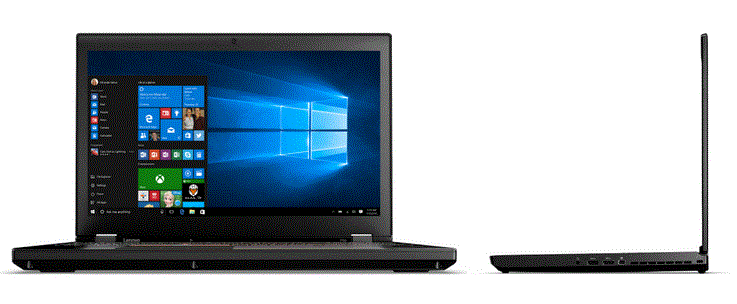
The Lenovo ThinkPad P50 is being touted as Lenovo’s thinnest and lightest full-function mobile workstation yet, the ThinkPad P50 features a high-end 15.6-inch UHD 4K display and is certified to run users’ most requested ISV applications. The ThinkPad P50 is a feature-rich, highly powerful mobile workstation for performance-seeking users. As the follow-on to the ThinkPad W541, the P50 brings the next-generation hardware to the segment. Here are the specs:
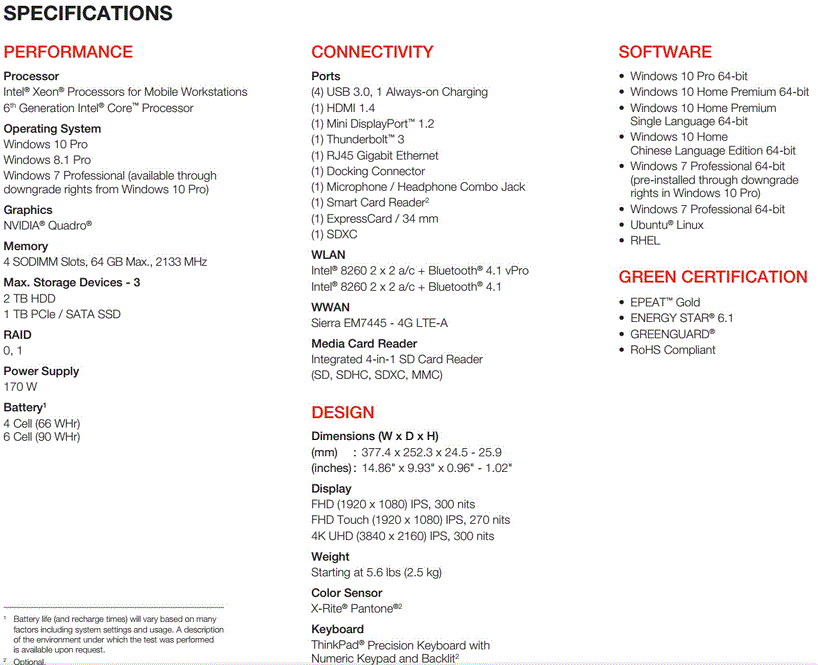
Lenovo ThinkPad P70
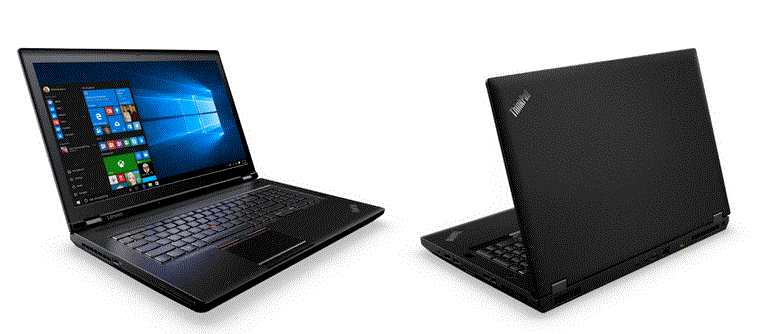
The Lenovo ThinkPad P70 (not to be confused with the Lenovo P70 Android device) introduces a 17-inch mobile workstation to the ThinkPad family. The new offering comes packed with the most memory and storage ever found in a mobile workstation. The ThinkPad P70 is loaded with up to 64GB of DDR4 ECC memory and the ability to handle up to four storage devices and up to a terabyte of SSD storage, utilizing the latest PCIe technology. Additionally, the ThinkPad P70 comes with two Intel Thunderbolt 3 ports for ultra-fast connectivity and a 4K UHD display or optional FHD touch. Here are the specs:
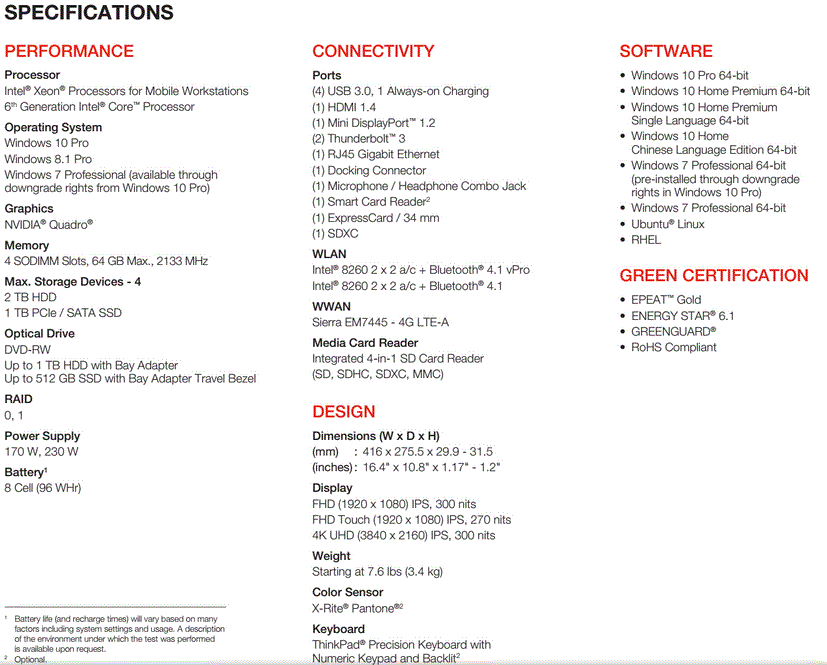
We look forward to reviewing these new ThinkPad’s very soon.

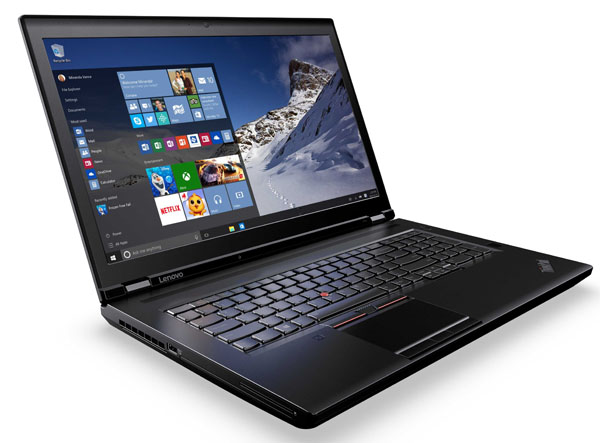
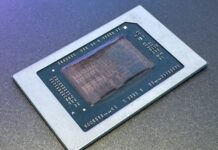

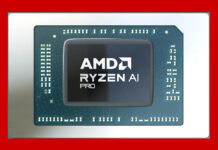
I do wish they would offer a lower resolution option for those of use that don’t have the greatest eyes. I have a Gen 2 X1 Carbon for work, and I cannot use it at its default resolution of 2560×1440, I just can’t see anything. Even with my glasses on.
How’s the Thunderbolt 3 support for non-OSX operating systems?
not even with scaling for text at 150%?
The only real reason I’d ever want a laptop like this would be to use the ECC RAM for running a ZFS-capable OS such as FreeBSD, Illumos, or PC-BSD. The Nvidia graphics aren’t necessary for the first two, and the last one would work better on open-source Intel graphics. At the moment I don’t recall if graphics are part of the new Xeon M CPUs being used in these machines.